_1735523856852_(1).png)
The 4Cs: cut, colour, clarity, and carat.
Just like any two people, no two diamonds are alike; the faceting and variation between each stone make each diamond’s beauty distinct. Gemological labs such as GIA (Gemological Institute of America) and IGI (International Gemological Institute) use systems to describe a diamond’s appearance and officially grade its quality. A diamond’s grade is determined by the 4Cs: cut, colour, clarity, and carat.
These are the four defining factors that are important to consider when purchasing a diamond, because many of the factors that affect its value might not be apparent at first glance. For diamonds sold online, it can be even trickier to understand the value of a diamond from just an image, and it's best to check its grading certificate to make sure you're making a fair purchase. Let’s take a closer look at each of these categories.
Colour

Colour refers to the natural presence or lack of colour visible within a diamond. If a diamond appears slightly yellow, it is said to have more colour. Typically, the clearer (or more colourless) the stone is, the higher its value.
Colour is usually an indication that different trace elements were present when the diamond was being formed. Diamonds with more colour will exhibit a pale yellow or pale brown tint, which reduces their colour grade and value. Subtle colour won’t always take away from the beauty of a diamond — it may even make it more unique. However, the more colour a diamond has, the more difficult it is for light to pass through it, which can result in a darker or dull stone.
When light enters a clear and colourless stone — it passes through easily, resulting in more fire and brilliance. In terms of colour, lab grown diamonds are in a completely different playing field to mined diamonds. In the controlled conditions of a laboratory, the mineral contamination that causes colour in a diamond is far less likely to happen, leading to a significantly greater proportion of colourless diamonds.
So while mined diamonds can fall anywhere on the D – Z scale, with D – F being an incredibly rare and expensive colour grade, the controlled conditions of lab diamonds means that they are usually graded J (near colourless) or clearer, with D – F being generally the preferred range.
Learn More
Cut

Arguably the most important of the 4C’s, a diamond’s cut refers to the balance of proportion, polish, and symmetry it possesses. The way a diamond’s facets are cut will affect its light performance — or, in other words, how sparkly, bright, and reflective it is. Diamond quality really depends on cut.
A well-cut stone will reflect light straight up through its crown (its upper facets), displaying that characteristic, scintillating appearance diamonds are valued for. If a diamond’s cut is too deep, shallow, or out-of-proportion, light can leak out of the pavilion facets (lower facets) of the stone, reducing its sparkle and making it appear dull. A diamond’s cut is graded on a ten-point scale ranging from Poor to Ideal. At Cullen Jewellery, we exclusively stock diamonds that have an Excellent to Ideal Cut.
Learn More
Clarity

Clarity refers to how clear and pure a diamond is. Purity is graded according to the number of imperfections or inclusions present within a stone. When a diamond is growing, it is common for microscopic impurities to become trapped within the diamond or on its surface, that can often resemble tiny black specks within the stone.
Though typically only visible under 10x magnification, a diamond’s imperfections are used to measure its clarity and will impact its overall value. A diamond with fewer imperfections will come at a higher asking price. Make sure to check a diamond’s certificate before you make a purchase, as the reason it is valued at a certain price point may not always be obvious to the naked eye. There are eleven clarity grades, ranging from Flawless (FL) to Included (I3). At Cullen Jewellery, we generally stick within the VVS1 - VS2 range, which is considered ‘eye clean’.
Learn More
Carat

Carat (ct) refers to the specialised unit of measurement that applies to the weight of diamonds and other gemstones. It’s important to note that carat weight doesn’t always correlate with the size of a gemstone. Various cuts and shapes distribute carat weight differently within a stone — which means that some diamonds will appear larger than their carat weight suggests, such as marquise and pear cut. For this reason, the size of a gemstone is measured separately to carat, by length and width in millimetres. Therefore, an emerald cut diamond and a pear cut diamond with the same carat weight will have different size measurements in millimetres.

Summary
When determining a diamond’s value, it’s important to know about the 4Cs. Diamonds vary a lot in their appearance, so choosing one can feel difficult without some kind of objective guide on what to look for. However, the 4Cs are in no way 'buying rules,’ nor are they a definitive list of what makes a diamond beautiful. The beauty of each diamond is yours to decide — that's what makes it special.
Visit Our ShowroomFrequently Asked Questions
Your questions, answered.
What you find beautiful about a particular diamond is up to you. But in terms of sparkle, cut and clarity are going to have the biggest influence. Experienced diamond cutters are well aware that a diamond’s angles — on the inside of the stone — reflect and scatter light and contribute to the diamond’s brilliance. And imperfections in a low clarity diamond can block light and affect its sparkle.
Diamonds bought from reputable diamond sellers will always come with a certificate. If a jeweller can’t provide a diamond certificate, it is difficult to determine the value of your diamond, and it’s best to look elsewhere.
Yes! The GIA diamond grading system is universal, and the categories remain the same: carat and cut. Color and clarity. However, you may have spotted the different spelling of color. Clarity, carat, and cut stay the same.
Related Blogs

Apr 11, 2024
Diamond Clarity Explained

Apr 4, 2024
Diamond Colour Grading: Explained
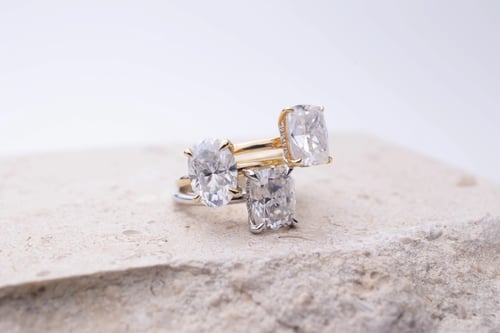
Jan 5, 2023
How to Read an IGI Diamond Certificate
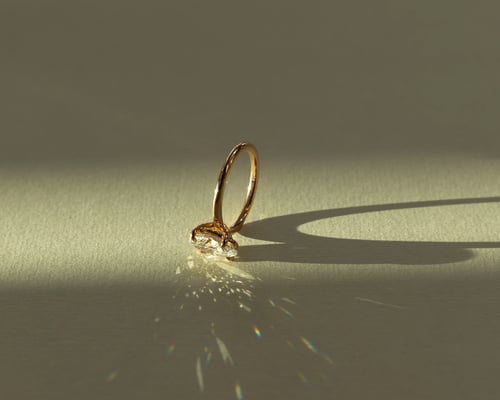
May 27, 2022
What is an IGI Certificate?
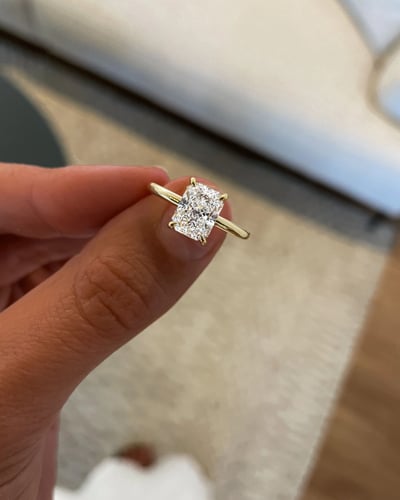
May 27, 2022
What is Diamond Fluorescence?

Apr 11, 2024
Diamond Clarity Explained

Apr 4, 2024
Diamond Colour Grading: Explained
_1735523856852.png)
Feb 26, 2024
The Symbolic Meaning of Diamond Shapes and What They Mean for You
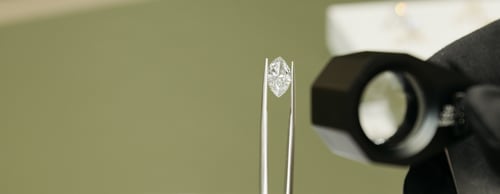
Jul 8, 2025
True or False? Debunking Common Lab Diamond Myths
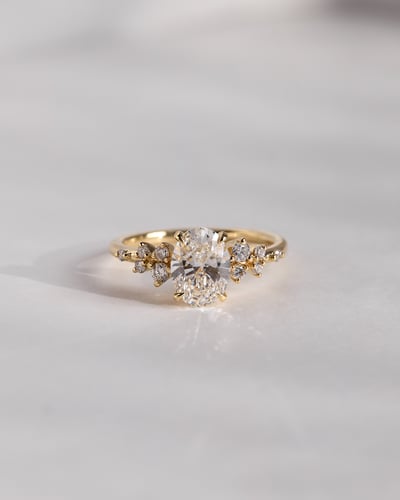
Feb 1, 2024